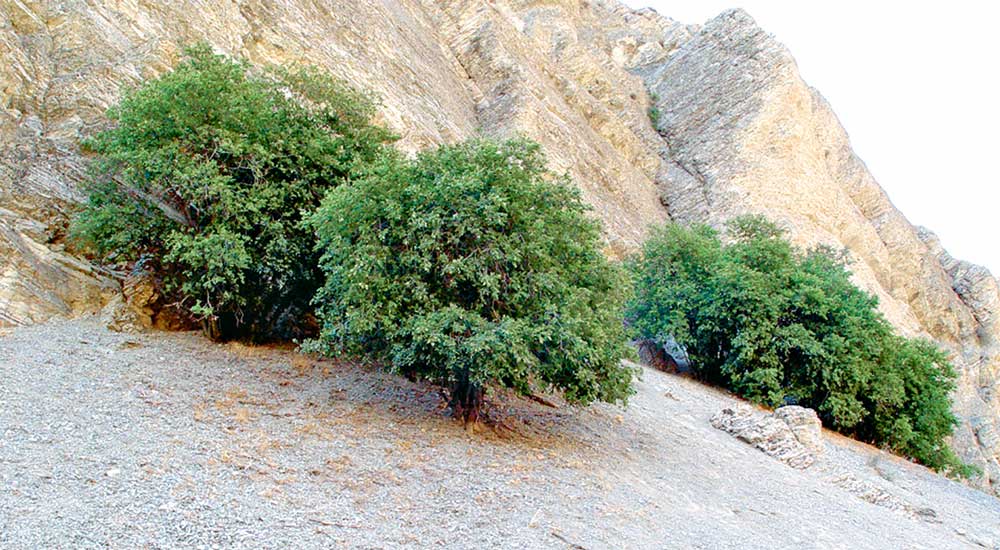In the world flora, the area of the Celtis encircles the globe in a wide strip, the northern border of which passes through Japan, continental Asia and southern Europe, and the southern border runs through Australia, the Cape region of Africa and Argentina. Despite the high polymorphism, there are 50 Celtis species, the plant retains a single type of structure of flowers, fruits and leaves, occupying various ecological niches.
This beautiful, powerful tree with a luxurious fifteen-metre crown is one of the few deciduous drought-resistant rock plants. Its bluish-green hard leathery leaves tend to curl in hot weather, which reduces transpiration – evaporation of moisture. Fruits – drupes with fleshy sweetish pulp – ripen by October, until late autumn they stay on the branches, serving as food for birds. The light-loving plant likes freedom and space, spreads its crown widely, grows slowly, but lives up to 600 years, forms a developed root system, keeping limestone outcrops and other rocky mountain exposures in lowlands from washout and wind erosion.

